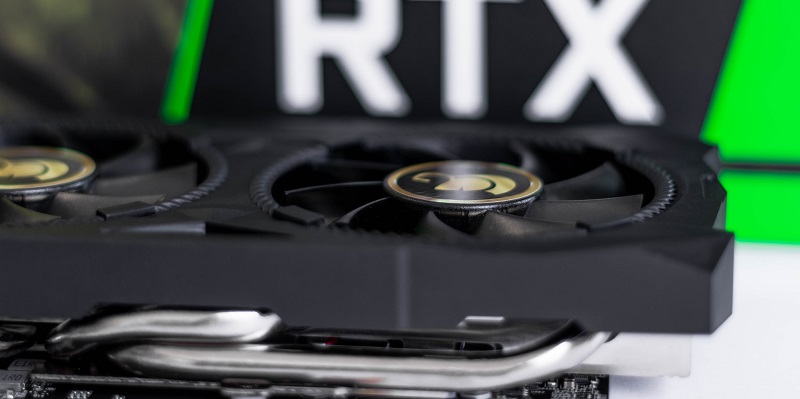Over the years, BIOS flashing has been a prized tool for enthusiasts and modders to unlock the hidden potential of their GPUs. However, with the introduction of strict security measures, NVIDIA seemed to have put an end to this practice. But as it turns out, a backdoor within NVIDIA GPUs has revolutionized the world of BIOS flashing, enabling next-generation possibilities. In this article, we delve into the expanded capabilities and potential risks associated with BIOS flashing, as well as the exciting developments it brings for the GPU modding community.
The Revelation of a Backdoor
The discovery of a backdoor within NVIDIA GPUs has reignited the world of BIOS flashing. This unexpected twist has brought new hope to enthusiasts, allowing them to tap into the hidden features of their graphics cards and boost their performance like never before.
Expanding the Boundaries
Today, BIOS flashing has expanded its reach to the latest GPUs, creating new realms of possibilities. Enthusiasts can now indulge in fine-tuning their GPUs, adjusting power limits, optimizing fan curves, and much more. This newfound flexibility offers an unparalleled level of customization and performance optimization.
Cross-Flash Compatibility
The cross-flash capability has become a major breakthrough in the GPU world, particularly with Turing (RTX 2xxx Series) down to GeForce GPUs. This exciting development allows users to experiment with different firmware versions and explore various configurations, pushing the boundaries of what their GPUs can achieve.
Overcoming SW EEPROM Lockdown
One of the fascinating features of the latest BIOS flashing techniques is the ability to downgrade InfoROM & XUSB firmware, effectively removing the software EEPROM lockdown. This newfound freedom empowers users to explore even further and take control of their GPU’s performance with ease.
Unleashing Performance Potential
One of the significant advantages that BIOS flashing brings is the ability to unlock the true potential of your GPU without tampering with the BIOS settings. For instance, users can now comfortably run the powerful GeForce RTX 4090 at 1.1V, achieving remarkable performance gains without compromising stability.
Tool Safety and Reliability
Concerns about malware within flashing tools have been addressed, as the binary codes powering these tools have undergone meticulous inspection. Users can rest assured that these tools are safe to use and will not pose any security threats to their systems.
Complications and Risks
While BIOS flashing offers numerous benefits, it is essential to acknowledge the potential complications and risks involved. Firstly, it is crucial to understand that BIOS flashing might void your GPU’s warranty. Furthermore, any missteps during the flashing process can potentially damage the GPU or render it unusable. Therefore, it is highly recommended to seek professional guidance and assistance when venturing into the realm of BIOS flashing.
Seeking Professional Help
Given the complexities and potential risks associated with BIOS flashing, seeking professional help is a wise decision. Experts in GPU modification can guide you through the process, ensuring that every step is executed with precision and minimizing the chances of irreparable damage.
The introduction of strict security measures might have initially dampened the spirits of BIOS flashing enthusiasts, but the discovery of a backdoor within NVIDIA GPUs has breathed new life into this practice. With expanded capabilities and the ability to tap into previously inaccessible features, BIOS flashing has become an exciting avenue for GPU enthusiasts and modders. While it is essential to tread carefully and recognize the associated risks, this breakthrough promises to unlock a world of potential for the GPU modding community. As we move forward, we eagerly anticipate the exciting developments that will surely emerge from this newfound freedom.

